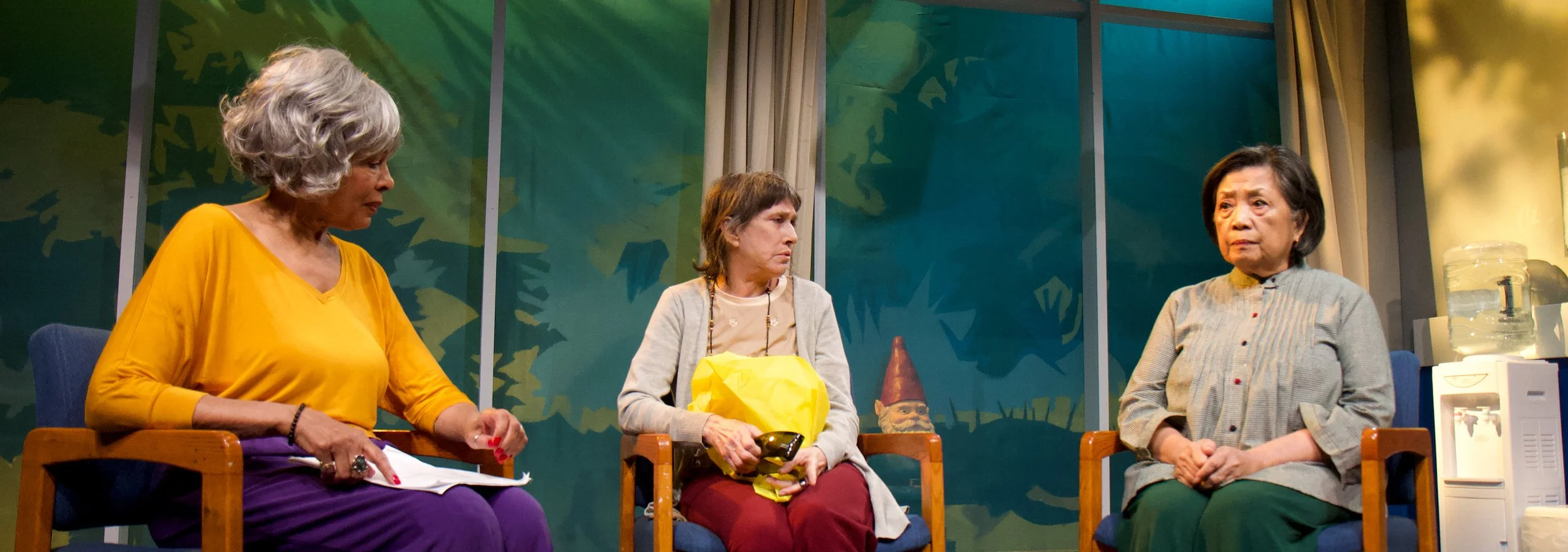Sebastian Barry’s new play blends the Irish gift of poetry with the grimness of hardscrabble lives so familiar from the works of J.M. Synge and Sean O’Casey, not to mention more recent writers like Conor McPherson and Martin McDonagh. The knack Barry showed for lyrical writing in The Steward of Christendom and Our Lady of Sligo are on full display here. Yet The Pride of Parnell Street isn’t a work in which characters interact. It’s two intertwined monologues made exciting by superb performers and Barry’s own gift for poetry. Barry’s play follows the romance, marriage and separation of a working-class Dublin couple, Janet and Joe Brady. There’s a sense of warm reverie in both monologues, delivered in 1999 about happenings in 1990 and later, that contrasts with the subjects: robbery, brutality, drunkenness, murder and drug addiction. Nonetheless, Mary Murray’s smile and gleaming eyes when Janet speaks about the good days long past communicate the joy of their early marriage.
Joe was a Midday Man, explains Janet—a man who woke at midday and walked down the streets checking car doors and stealing from open ones or breaking into them if they weren’t open. Then he’d sell the swag to the Afternoon Man. He never held a job and survived on theft and government handouts. “I may have been a bad bastard but I was very fond of life,” says Joe, telling his side of the story from a hospital bed.
The first shock to their marriage is the accidental death of their firstborn. But the coup de grâce comes in the midst of the 1990 soccer season in which Ireland has a shot at the World Cup. Janet remembers the night of the first win: “he was happy, high happy, like a crazy happy, a big blank happy look on his musher like he was on some bad drug, but he never done that. And that was very queer,” she continues, “and me and the little lads kinda slunk off in a corner and let him—blow up like a balloon—roaring and happy as a king—kinda bursting he was—then in the morning, like a balloon left sitting for a week he was, the sag in his face and the low throttle in his poor voice.” And then the team loses. Quickly and suddenly Joe turns violent and beats her mercilessly. She grabs the children, flees to a women’s shelter, and never returns.
In their monologues, inventively lighted by Mark Galione in warm amber that suggests the harsh memories are mellowing, they fill in the details of a love ruined by that one violent act. Joe, dying in a hospital bed, is quickly revealed by his own words as a liar, but he bears no grudge at Janet’s refusal to answer his letters. He has never seen his two children since, and he’s followed a downward spiral into drug addiction and murder.
Under Jim Culleton’s subtle direction the moods move fluidly from sweet nostalgic to sour disappointment, abetted by Galione’s shoestring effects of shadow and silhouette. Aidan Kelly manages to find remorse, humor and love in Joe. Still, Barry glosses Joe with perhaps too much sympathy: he has always been a thief and layabout; worse, he has robbed and murdered a young Frenchman and served prison time for it, though he’s out after five years for good behavior. It’s really Janet’s feeling about him that one trusts more, but it requires acceptance of the old romantic notion of a bad man redeemed by the love of a good woman. “I knew that in the centre of everything he was brave, like a soldier at the war,” says Janet. “And that it was only life that done him in and made a fool a him, like it does us all.”
But Janet is haunted by another memory. As a child she witnessed the aftermath of an IRA bombing, and saw a woman named Patty Duffy tending to the wounded, despite herself being bloodied. She remembers Duffy as “the Pride of Parnell Street.” Ironically, Joe refers to Janet the same way. The irony is that Janet has never been able to summon the compassion for Joe that her idol, Patty Duffy, had for injured strangers—until a deathbed reconciliation. It’s both the pleasure Joe has in hearing about his children and their future as he’s dying and Janet’s ability to talk to him face-to-face that makes the ending unforgettable.






